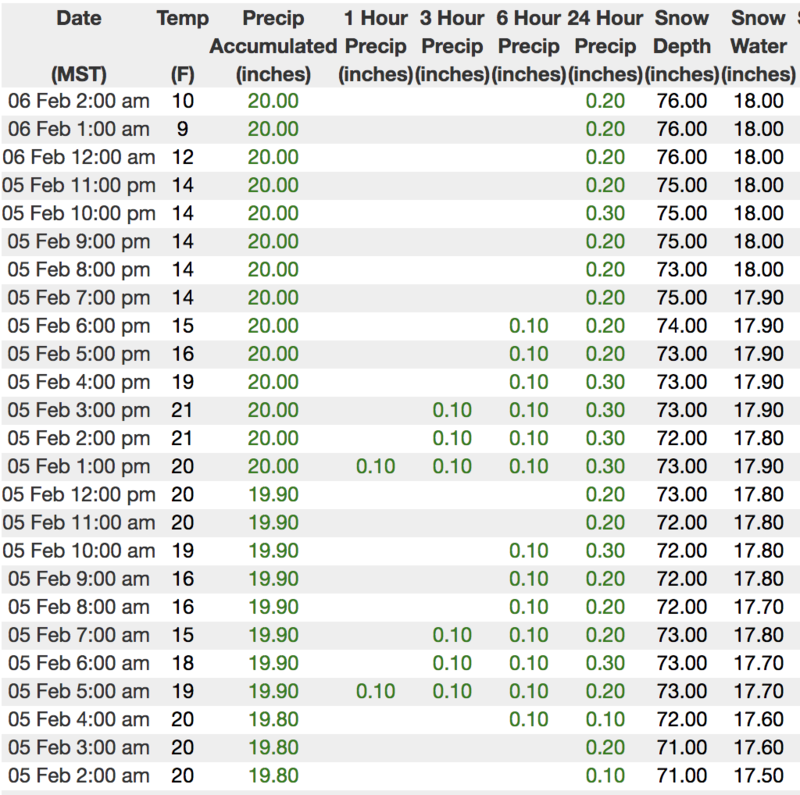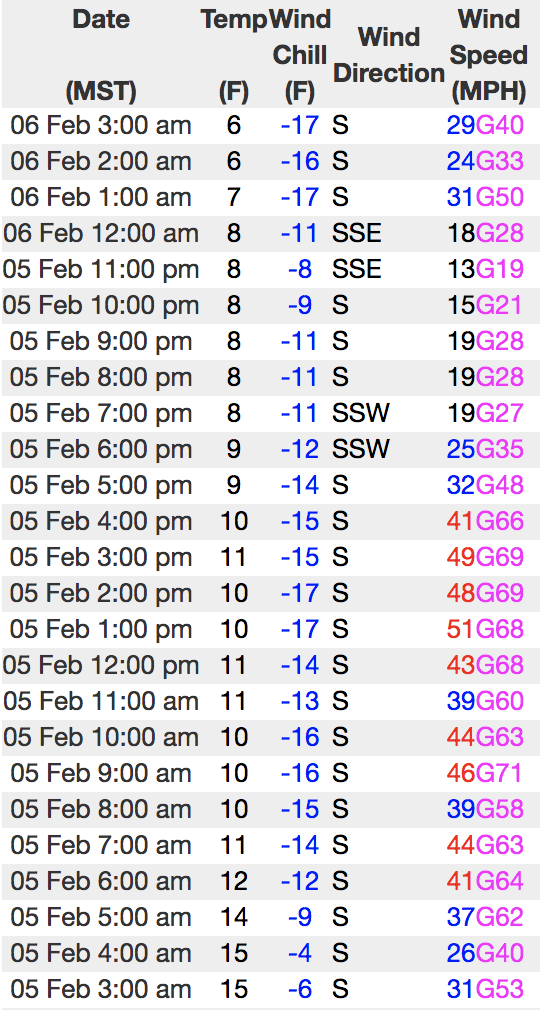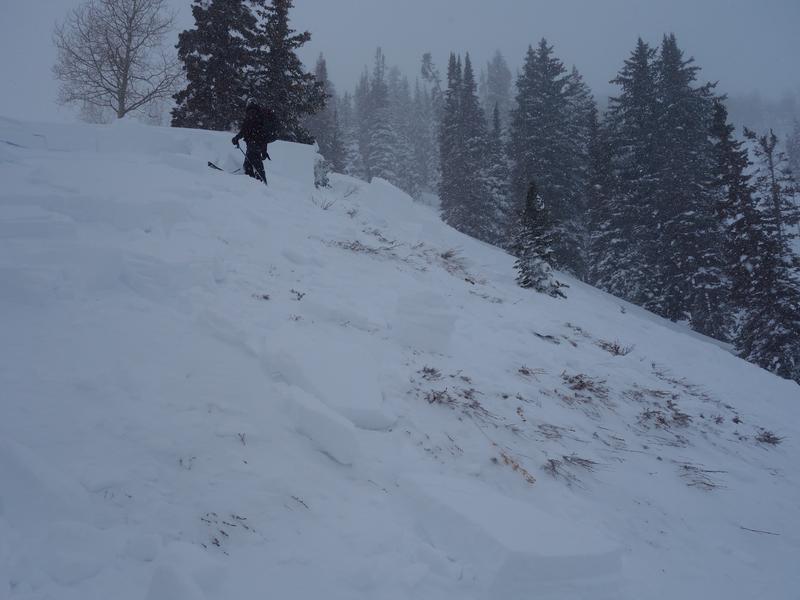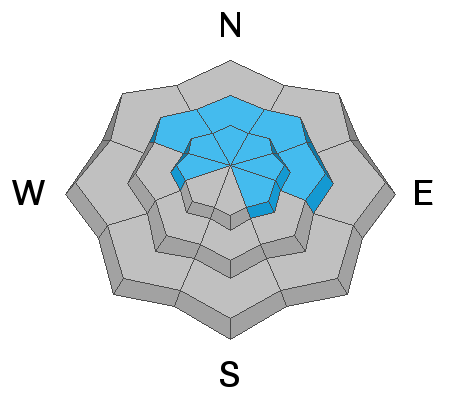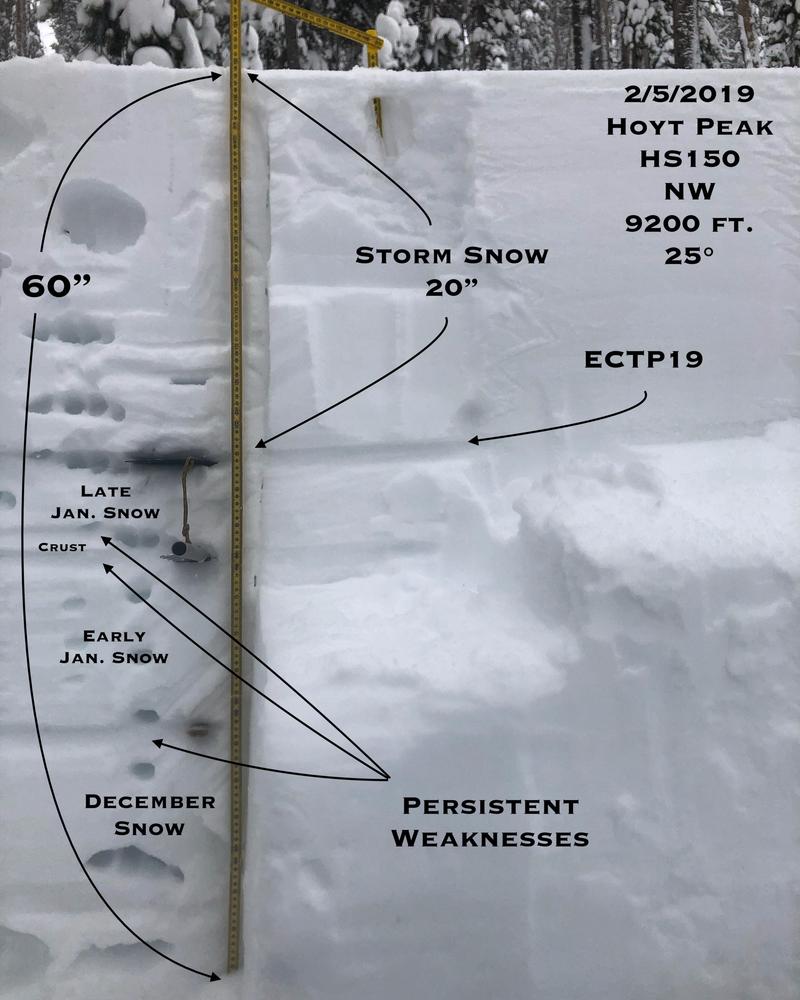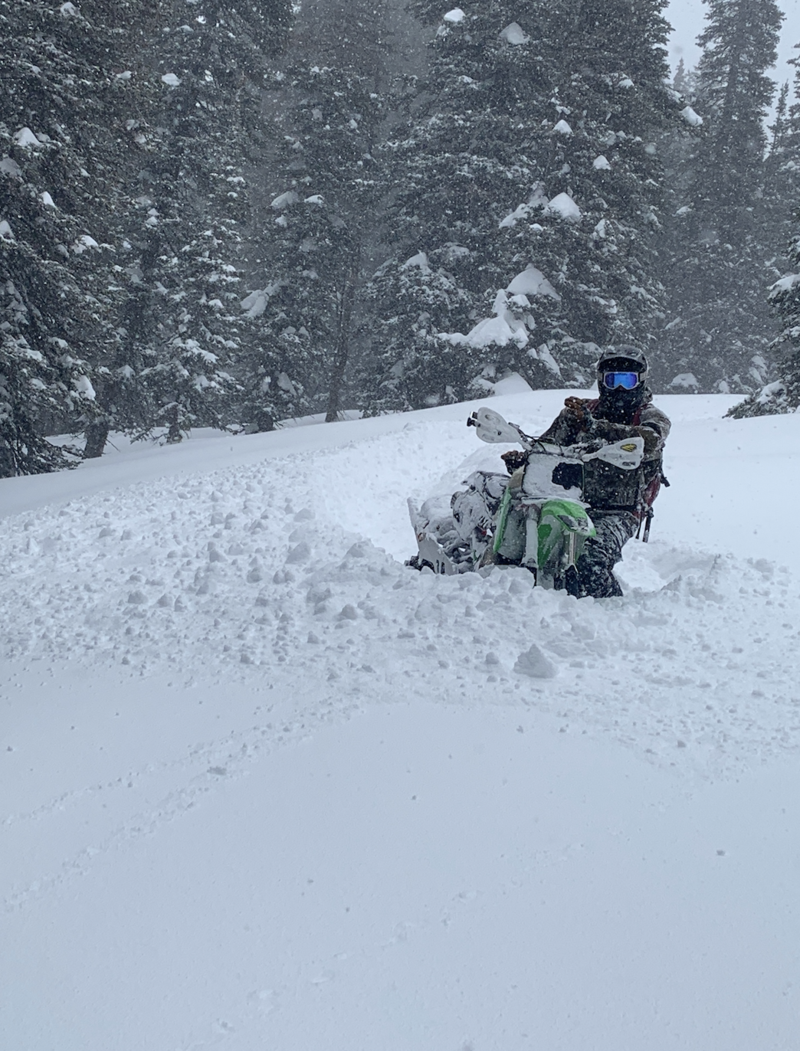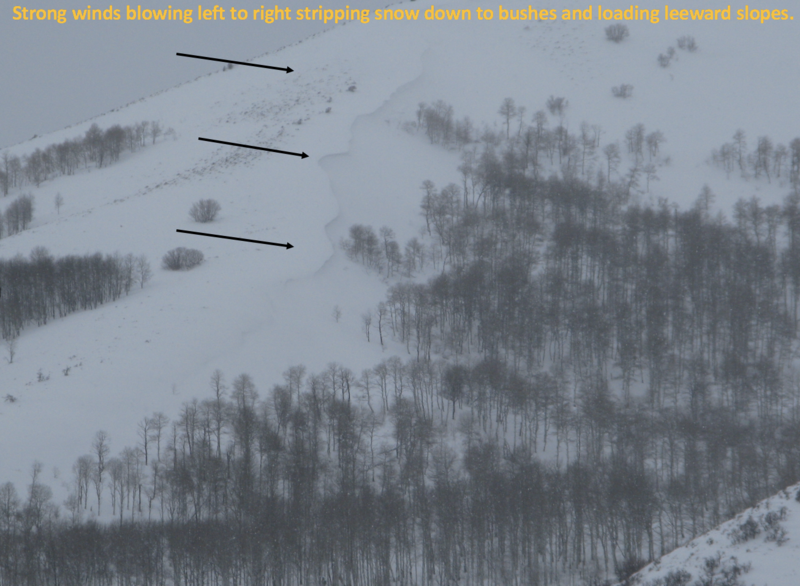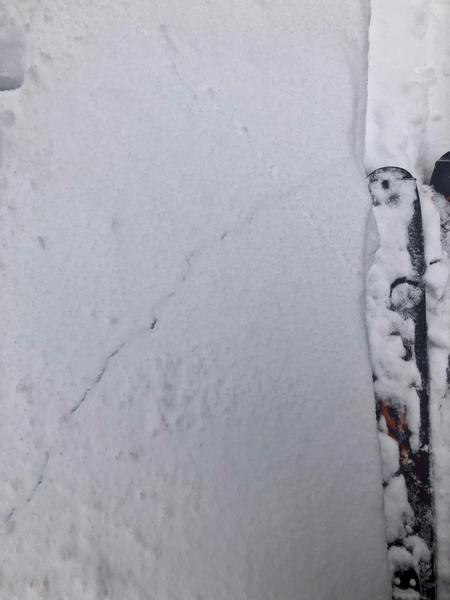Forecast for the Uintas Area Mountains

Issued by Craig Gordon on
Wednesday morning, February 6, 2019
Wednesday morning, February 6, 2019
DANGEROUS AVALANCHE CONDITIONS EXIST ON THE EASTERN FRONT-
In the wind zone, at and above treeline, the avalanche danger is HIGH. Both human triggered and natural avalanches are LIKELY on steep wind drifted slopes, especially those facing the north half of the compass. Any avalanche that breaks into deeper buried weak layers near the ground will result in a scary and very dangerous avalanche that will instantly ruin your day.
You'll find CONSIDERABLE avalanche danger on steep, mid elevation, wind drifted slopes and human triggered avalanches are PROBABLE.
Strong winds have created unusual avalanche conditions in low elevation terrain where a MODERATE avalanche danger exists. Human triggered avalanches are POSSIBLE on steep slopes near our trailheads, foothills, and possibly our own backyards.
It's eerie out there, but it doesn't mean we can't ride. Choose gentle terrain or big, open meadows with no steep terrain above, adjacent, or connected to where you're traveling. In other words.... simply stay off of and out from under steep, wind drifted slopes.
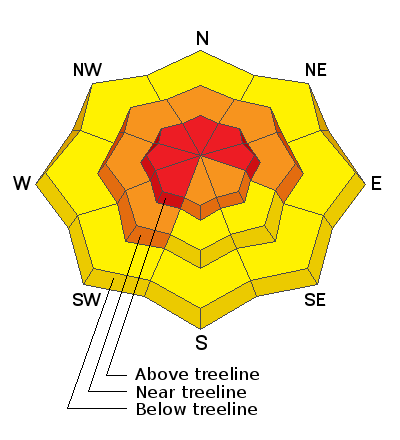
Low
Moderate
Considerable
High
Extreme
Learn how to read the forecast here


